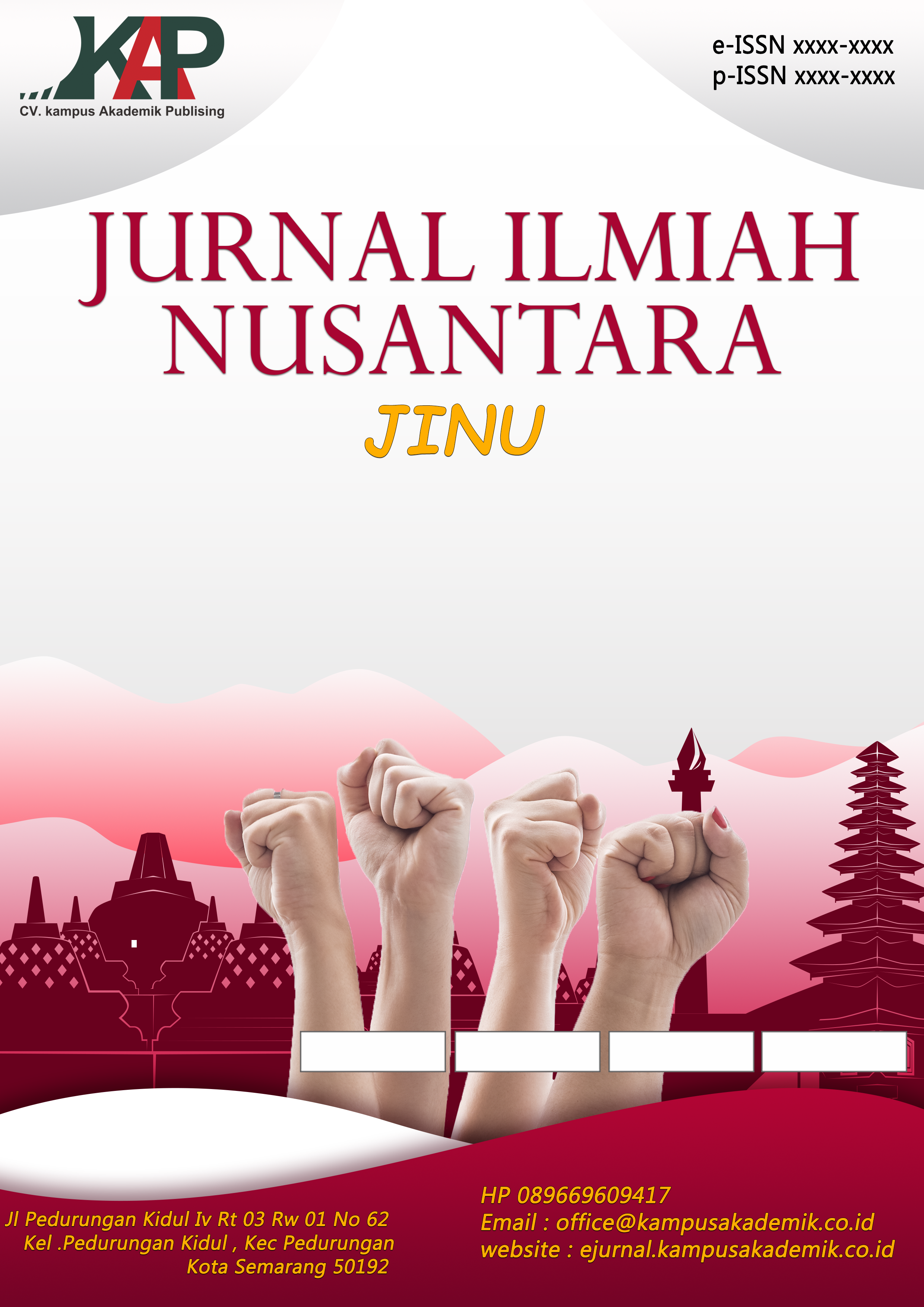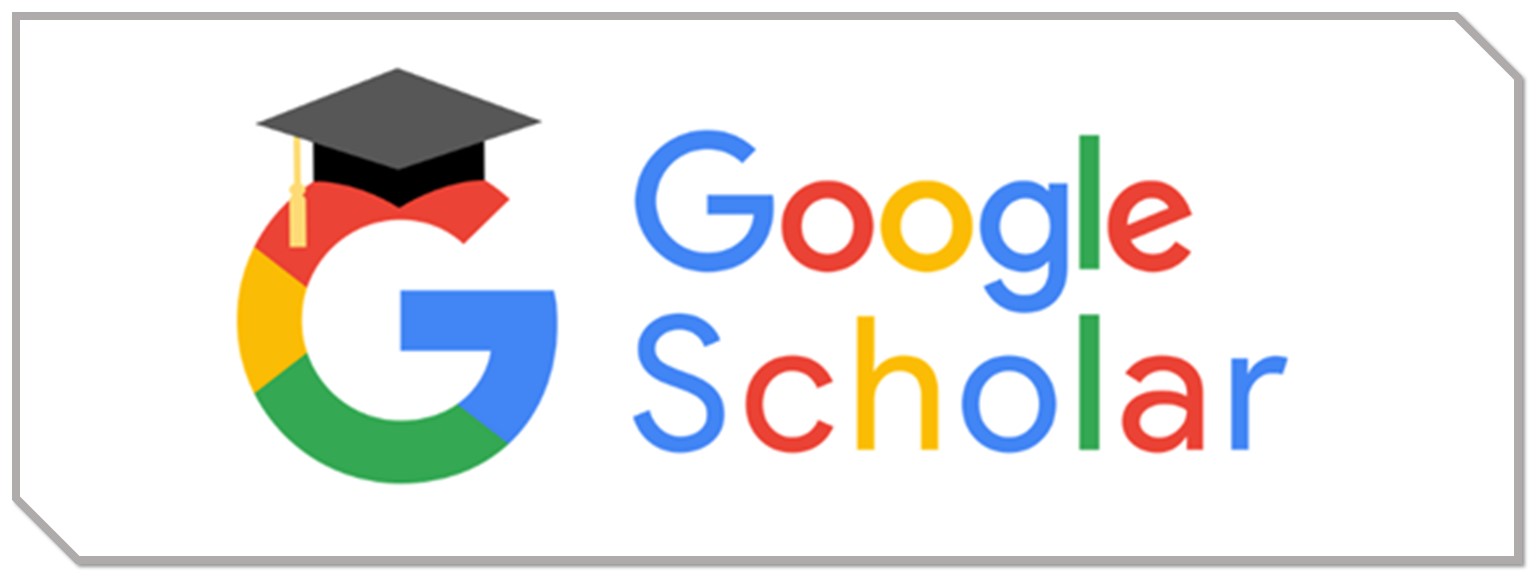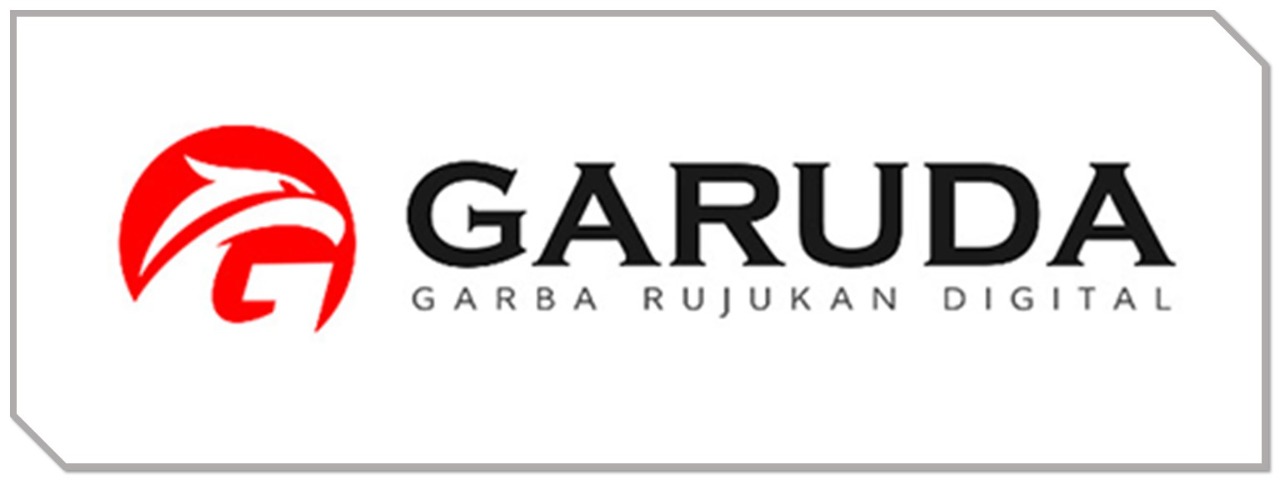Strategi Adaptasi Dan Mitigasi Pembakaran Sampah Terbuka di Kenali Asam Bawah, Kota Jambi
DOI:
https://doi.org/10.61722/jinu.v2i3.6092Keywords:
carbon emission; climate adaptation; open burning; waste managementAbstract
Open waste burning remains a common practice in Kenali Asam Bawah, Jambi City, with significant impacts on environmental quality and public health. This study aims to identify the practice, analyze its impacts, and formulate contextual adaptation and mitigation strategies. This qualitative descriptive research employed a case study approach through field observations, interviews with residents and community leaders, and document analysis. The findings reveal that waste burning is driven by inadequate waste collection services and limited awareness of its consequences. The waste includes organic and inorganic materials, producing harmful emissions such as PM2.5, dioxins, and heavy metals. These emissions contribute to respiratory problems, air and soil pollution, and potential disruption of local ecosystems. Recommended strategies include environmental education, strengthening of local institutions, development of waste management infrastructure, innovation in household waste processing, and reinforcement of anti-burning regulations. The study is expected to contribute to local emission reduction efforts and support sustainable waste management practices.
References
Abdel-Shafy, H. I., & Mansour, M. S. M. (2018). Solid waste issue: Sources, composition, disposal, recycling, and valorization. Egyptian Journal of Petroleum, 27(4), 1275–1290.
Albores, P., Petridis, K., & Dey, P. K. (2016). Analysing efficiency of waste-to-energy systems: Using data envelopment analysis in municipal solid waste management. Procedia Environmental Sciences, 35, 265–278.
IPCC. (2006). IPCC guidelines for national greenhouse gas inventories. Hayama, Japan: IGES.
Japan Ministry of Environment. (2016). Municipal solid waste emissions and disposal in fiscal year 2015. Tokyo: Japan Ministry of Environment.
Jouhara, H., Czajczyńska, D., Ghazal, H., Krzyżyńska, R., Anguilano, L., Reynolds, A. J., & Spencer, N. (2017). Municipal waste management systems for domestic use. Energy, 139, 485–506.
Laohalidanond, K., Chaiyawong, P., & Kerdsuwan, S. (2015). Municipal solid waste characteristics and green and clean energy recovery in Asian megacities. Energy Procedia, 79, 391–396.
Napid, S., Budi, R. S., & Susanto, E. (2017). Pembakaran sampah anorganik menimbulkan dampak positif dengan perolehan asap cair bagi masyarakat Lingkungan IX Kecamatan Amplas. Jurnal Pengabdian Masyarakat, 1(1), 30–36.
Octavia, D. (2015). Analisis beban emisi CO dan CH₄ dari kegiatan pembakaran sampah rumah tangga secara terbuka [Skripsi, Universitas Tanjungpura]. Universitas Tanjungpura Repository.
Rada, E. C., & Cioca, L. I. (2017). Optimizing the methodology of characterization of municipal solid waste in EU under a circular economy perspective. Energy Procedia, 119, 72–85.
Undang-Undang Republik Indonesia Nomor 18 Tahun 2008 tentang Pengelolaan Sampah.
Wahyudi, J., & Novitasari, M. R. (2018). Generating renewable energy from municipal waste sector: A comparative study between Japan and Indonesia. International Journal of Environmental Science and Development, 9(12), 380–384.
Wahyudi, J. (2019). Emisi gas rumah kaca (GRK) dari pembakaran terbuka sampah rumah tangga menggunakan model IPCC. Jurnal Litbang, XV(1), 65–76.
Wijayanti, D. R., & Suryani, S. (2015). Waste bank as community-based environmental governance: A lesson learned from Surabaya. Procedia - Social and Behavioral Sciences, 184, 171–179.
Downloads
Published
Issue
Section
License
Copyright (c) 2025 JURNAL ILMIAH NUSANTARA

This work is licensed under a Creative Commons Attribution-ShareAlike 4.0 International License.













